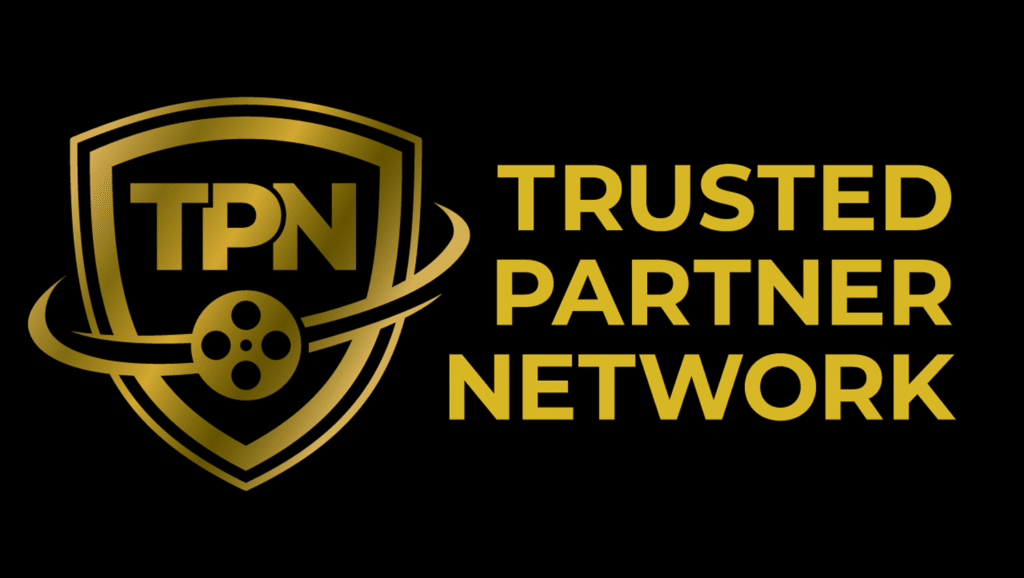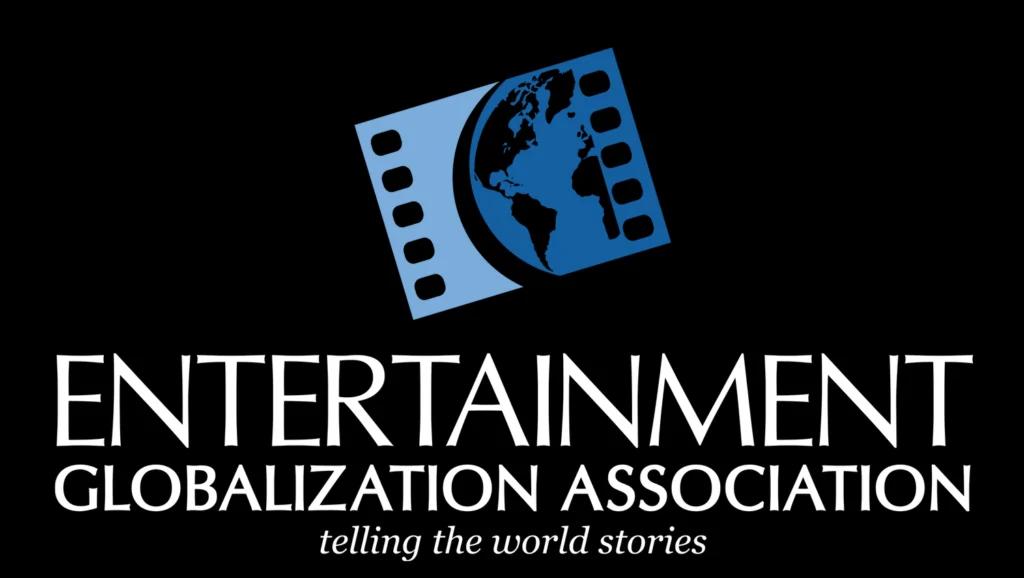Twelve years ago, Netflix invited us to participate in a continuous quality program, recognizing our potential to achieve groundbreaking results in content quality. The goal was to achieve total quality control of the material they purchase, ensuring that every piece of content arrived with the highest possible quality. At that time, Netflix was already receiving enormous content—so many hours that a single human lifetime would not be enough to watch everything that came in each month—thousands of hours required thorough quality control of image, audio, subtitles, and metadata integrity to guarantee an optimal user experience.
Initially, Netflix sought to transform the process, as these thousands of hours each year were arriving in a highly disorganized manner from countless providers and distributors, leading to inefficiencies, delays, and inconsistent quality. They established 42 entry points, each managed by a specialized company like ours. These entry points were accredited with a special credential that identified us as “Netflix Preferred Vendors” (NPV), something akin to a sheriff’s star that made us the sole intermediary between Netflix and the distributors.
The program was created by Chris Fetner, who visited us in 2011 with two other people. At that time, our facilities were modest, but they exuded a nerdy atmosphere focused on what we called hyper-video or the convergence of video with multimedia resources. Our approach set us apart from other much larger post-production houses they visited in Argentina.
During the visit, they told us the requirements were good project management. They also emphasized in-depth knowledge of video post-production and metadata handling. Up to that point, we fit the profile perfectly. But then they added that we also needed to create perfect subtitles without the slightest desynchronization. I confess that at that moment, the mental castle I had built came crashing down: we had no idea how to create subtitles.
However, my production experience told me that “all problems are production problems“, so we underwent the onboarding test along with other colleagues, true giants of the industry. It was a great relief to see that the test content played to our strengths: we were a convergence company with resources from both the video and the programming worlds. I immediately knew we were going to succeed. There was no way a large video company could master multimedia programming, nor could a software company be up to the challenges of video quality control. In the end, only Oxobox passed the test, so our journey with Netflix began.
Over time, the program took a drastic turn, shifting from a general quality control initiative to a rigorous system based on detailed performance metrics and continuous evaluation. A performance metrics system was implemented to determine whether a company could remain in the program. At first, the acceptable error rate was 8%, then it dropped to 5%, and finally to 2%. Each quarter, key performance factors were evaluated, and if the numbers were not good, you were put on probation. If you failed again, you were expelled from the program. Thus, we saw 17 of the 42 companies—many of them well-known—eliminated, increasing the pressure on those of us who remained.
Our strategy was clear from the beginning: nothing was more important than keeping our metrics in check. For example, we implemented a comprehensive validation system that ensured no task could be marked as complete without meeting all quality standards, significantly reducing errors and improving our overall performance. These metrics were affected by material resubmissions (“redeliveries”) and by failing to meet response times for different project milestones. Understanding this, our supply chain software began to incorporate features that validated the correct completion of each task, preventing human errors.
Our Oxobox system is filled up with visual panels representing the status of each task. When a task was declared, it appeared gray and turned yellow when all the necessary elements were ready to work. Upon completing the task, the operator marked it as finished, and the asset turned green. Then, a supervisor reviewed the work; if approved, the asset turned blue, indicating it was ready to be delivered. This clear and efficient flow allowed multiple tasks and specialists to coordinate.
Oxobox not only passed but excelled. The program became increasingly competitive, with more demanding metrics and a performance ranking encouraging competition. Giant companies with thousands of employees competed alongside us, but our agility, modest size, and adaptability allowed us to stand out. We are like a sailboat in a sea of ocean liners: agile and free to make quick decisions.
A new partner of the year award was established in 2019 when Netflix updated all of its process definitions and changed the name of NPV to NPFP for Netflix Preferred Full-File Partner. Oxobox won The Netflix Preferred Fulfillment Partner of the Year – Americas (standard volume) in 2020, 2022, and 2024.
Our annual error rate has been described as “microscopically incredible.” This recognition validates that our supply chain software has reached an optimal level of maturity, positioning us as one of the best in the industry.
Over the years, we have replicated our success with other giants like Amazon Prime Video, Warner Media with Max, and Pluto TV.
Our success in developing a quality control service unit for audiovisual material gives us the confidence to launch a new business unit, focused not on offering services but on selling a product: a server equipped with the best supply chain software, available in four sizes and capable of connecting with any legacy system or existing content distribution platform.
But that is a story for another post, as this article aims to explain the reason behind those photos in which, every two years, we are seen at Netflix headquarters receiving an award we are very proud of.
Ramiro Fernandez, CEO at Oxobox




